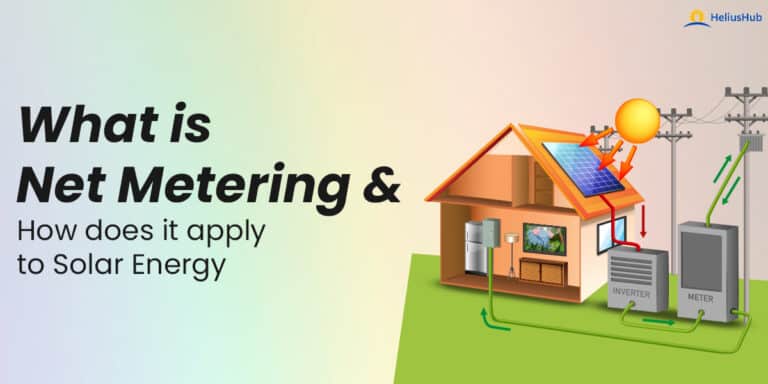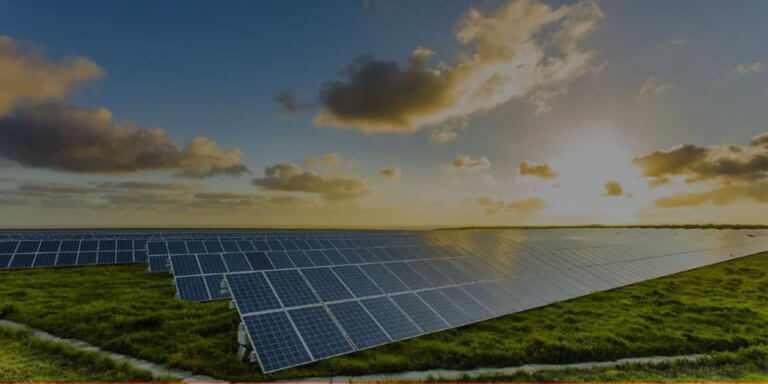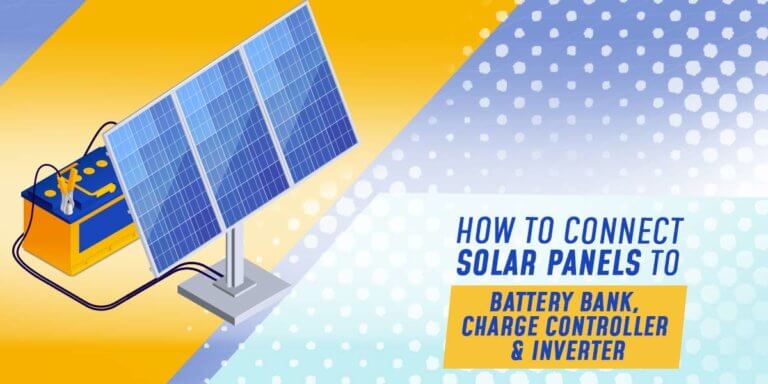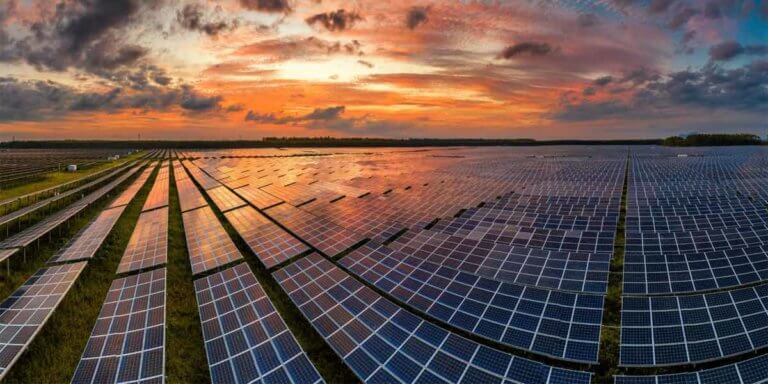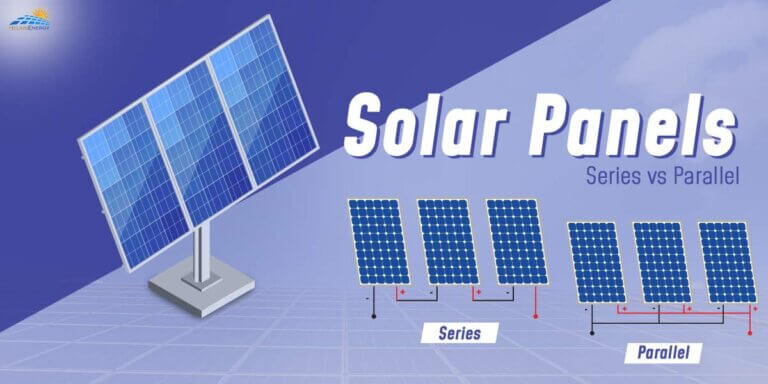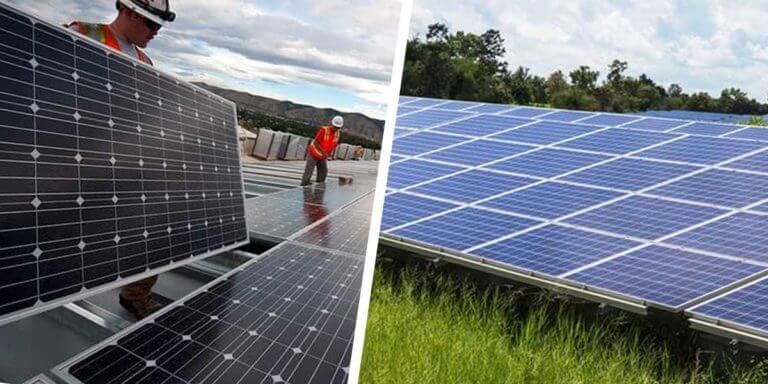How Do I Replace My Roof If I Have Solar Panels
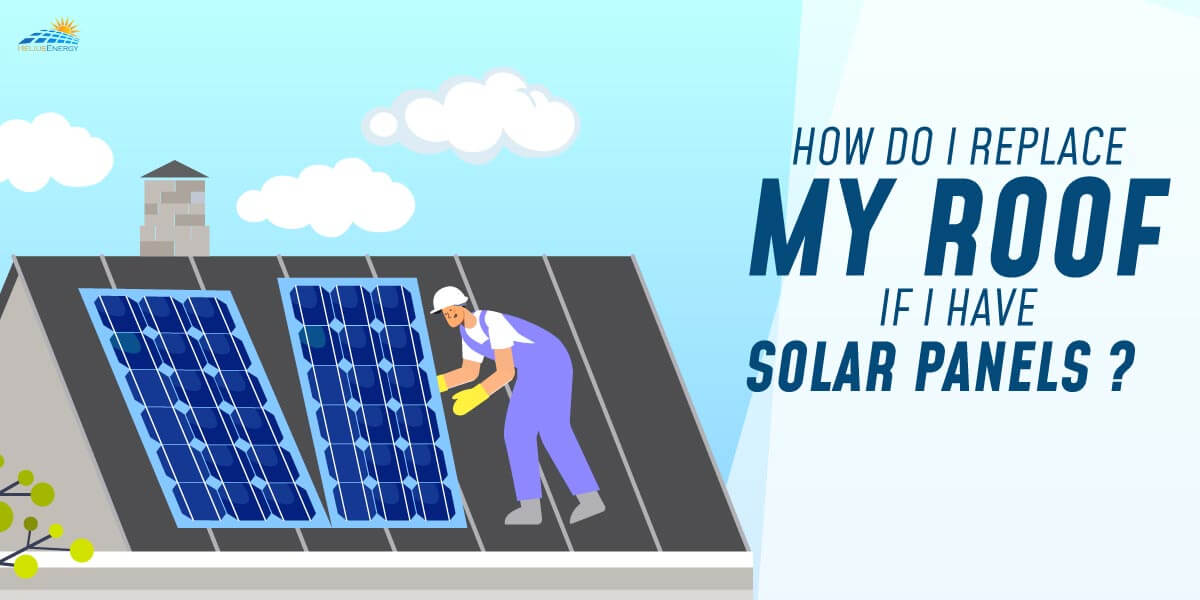
Not only is an environmentally friendly roof cost-effective, but it also increases your property value gradually over the years. After all, what is the economic worth of a house, if not more than what you bought it for? Your roof will always remain a considerable part of your every life because it houses your means of solar power.
When the time to replace your roof finally arrives, it is only natural to worry about your solar panels. Now that you have already spent some amount on solar installation, this additional charge for roof replacement ought to put a dent in your pocket, right?
We can tell you that replacing roofs with solar panels is a wise decision in the long run. It will be worth every penny you spend once your roof is up and running again. If you see your roof taking a hit from a particularly nasty storm, a replacement or a repair is the best way to go.
Otherwise, you risk leaving your panels open to damage, that will lead you to repair the broken solar panels or replaced them entirely if damage is greater and once that happens, your cost will multiply overnight. We suggest roof replacement to feel secure in your own house.
Reasons For Solar Panel Roof Replacement
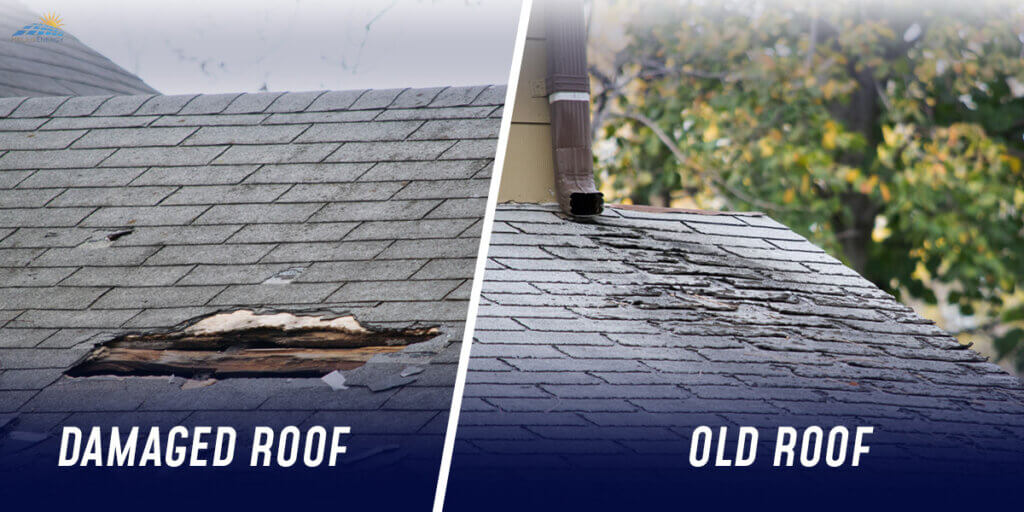
The roof of your home can take damage for several reasons, the most common of which are age and environmental conditions (damage from hails to solar panels). Your roof could either brave damage due to storms or simply be unable to keep up under the weight of its years.
1. Damaged Roof
The Texas Big Freeze brought on much more than just icy roads and skyrocketing electricity bills; it led to numerous houses and roofs being irreparably destroyed. So, depending on where you reside, the chances of that happening to you vary, but environmental damage continues to pose a real threat to roofs.
Freezing temperatures can make rain freeze; its ice could damage the shingles and leave cracks on your roof. The weight of accumulated snow can also exceed the burden your roof can take on. Then there is the possibility of water eroding your roof and resulting in leaks.
But the wind still remains the primary culprit behind damaged roofs, especially missing shingles. Your tiles or shingles can simply be blown off the roof in highly windy areas.
Moreover, nearby branches or similar debris can be picked up and cause more damage to your roof. Then there is granule loss as a result of weathering. Over time, your shingle’s topmost layer becomes worn out from harsh hail, wind, or other weather conditions.
2. Old Roof
If your roof is extremely old, chances are it has already taken ample hits, be it from weather-related disturbances, water-centric issues, or simply just the ravages of time.
Nothing lasts forever, and the same rings true for roofs. If your roof is very old, you are at a great risk of it giving away one not-so-fine day. So, it is always best to replace old roofs before it is too late.
How to Check If Your Roof Needs Replacement?
First off, check your attic. Arm yourself with a flashlight and go up under the eaves. Be on the lookout for beams of light, stains, or streaks peeping through the top of your house, all of which signal a leaky roof.
A typical asphalt shingle roof can last for 20 to 25 years, and a roof installed over a pre-existing layer of shingles will last some 20 years. So, go back to your house records to see how old your roof is and if it exceeds the recommended longevity timeframe, go for a change.
Note that shingles should lie flat on your roof, so it is time for repair or replacement if you happen to see patches that appear damaged, buckling, or cracked. Look for shingle granules in the gutters and downspouts as well. Losing granules can ensure its deterioration.
Droopy, sagging roofs surely need replacing before it is too late. Check the surface of your roof for signs of rotting boards, trapped moisture, or sagging spots, more so at the lowest points on the roof. Also, look out for moss, mold, or fungi since those may indicate trapped moisture, which is detrimental to roofs.
Roof Replacement With Solar Panels
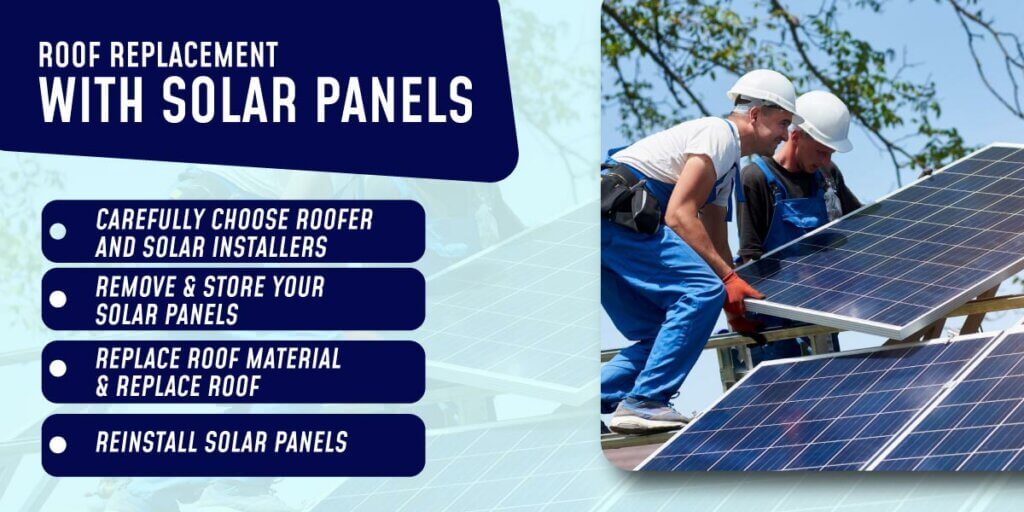
Wondering how to go for a roof replacement with solar panels attached to it? Here are some pointers on how to go ahead with solar panel roof replacement. Follow the steps carefully and maintain safety precautions at all times.
1. Carefully Choose Roofer And Solar Installers
While replacing roofs with solar panels, switching to a new roof material could be tempting to make it more durable, energy-efficient, and affordable, or to go for something compatible with your solar mounting brackets. Note that if you plan to change your roofing material, the mounting hardware must also change.
This can cost you another thousand of dollars. Chat with your solar installation service team about how to pick best roofing material for solar panels and how the new roofing material can cope with the existing solar mounting brackets. If you plan to replace your solar mounting brackets, do that well ahead of time.
2. Remove & Store Your Solar Panels
Once you call your Solar Energy specialist, they will take over the removal. Once the solar panels are removed, could you place them in a secure spot? Typically, this new location should be at a safe distance from the roof replacement, such as a garage or a shed. Never leave them outside on the porch or the front lawn.
3. Replace Roof Material & Replace Roof
After the solar panels are duly secured, begin the process of removing the old roof. Know that this can cause a lot of debris; taking cover is essential! Since the solar panels are placed in a safe location away from the action. Once the old roof is removed, you can begin the re-roofing process. The time it takes will vary based on the roof size and the chosen roofing materials.
4. Reinstall Solar Panels
Once the roof replacement work is completed, finish up the re-installation process on the new roof. This includes reconnecting the solar panels to the utility grid and the solar batteries.
Conclusion
It is best to replace roofs before switching to solar. This way, you might easily avoid the need for installing, uninstalling, and reinstalling your solar panels. A thorough roofing inspection can save you time and be more cost-efficient. So, make sure you understand what your roof needs first.

